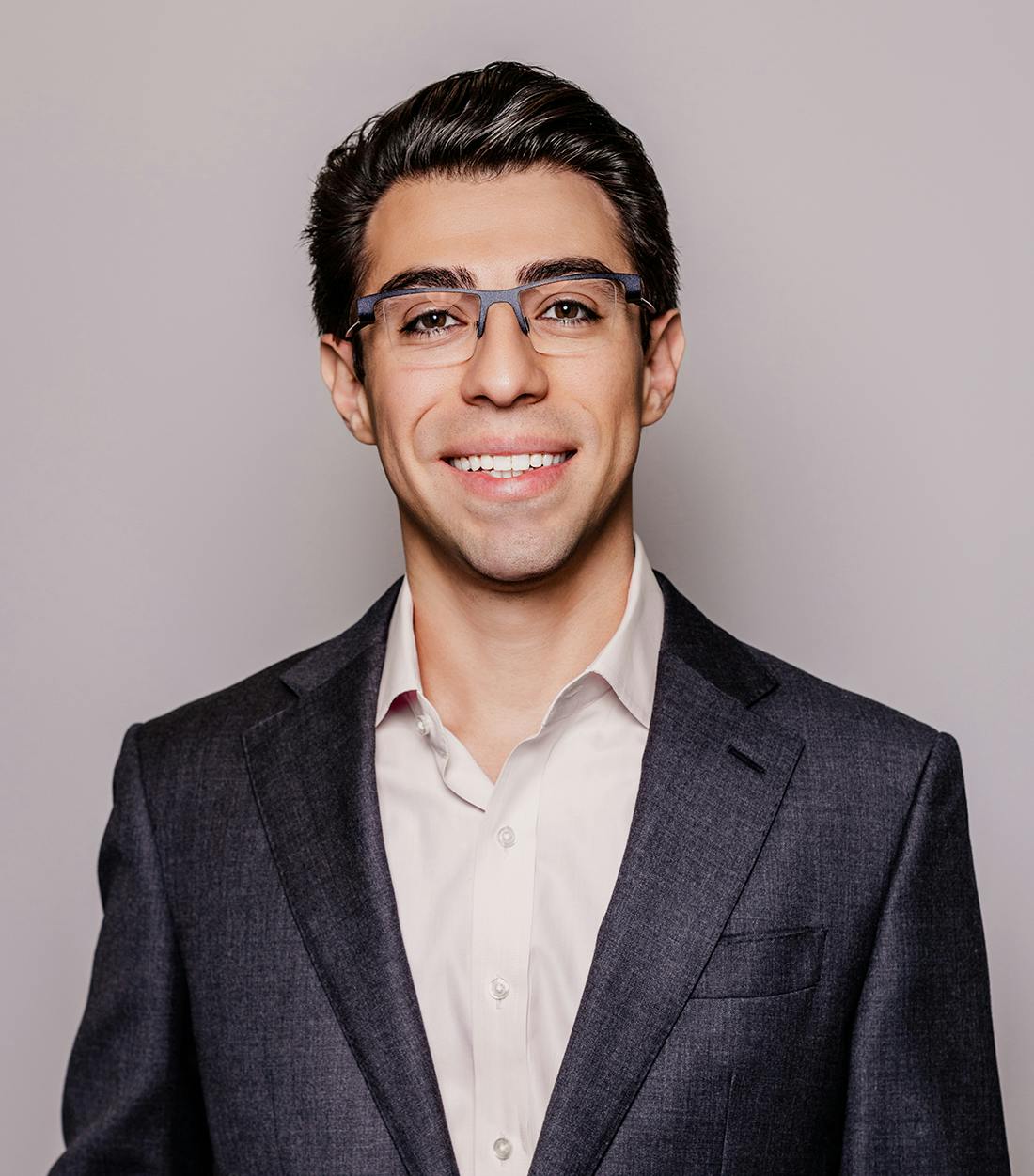The facelift is considered one of the most effective facial aging solutions. This tried and true procedure can address issues such as sagging skin, jowls, fallen cheeks, and loss of definition in the jawline and neck. Patients walk away with a more youthful face and a significant boost in confidence.
Who is a candidate for a deep plane facelift?
Most patients who are candidates for a facelift are also candidates for a deep plane facelift. During your consultation, Dr. Fisher will thoroughly assess your face as well as your goals and medical history to determine which technique is best for you. No two patients are the same, and your facelift will be tailored to your needs and desires.







